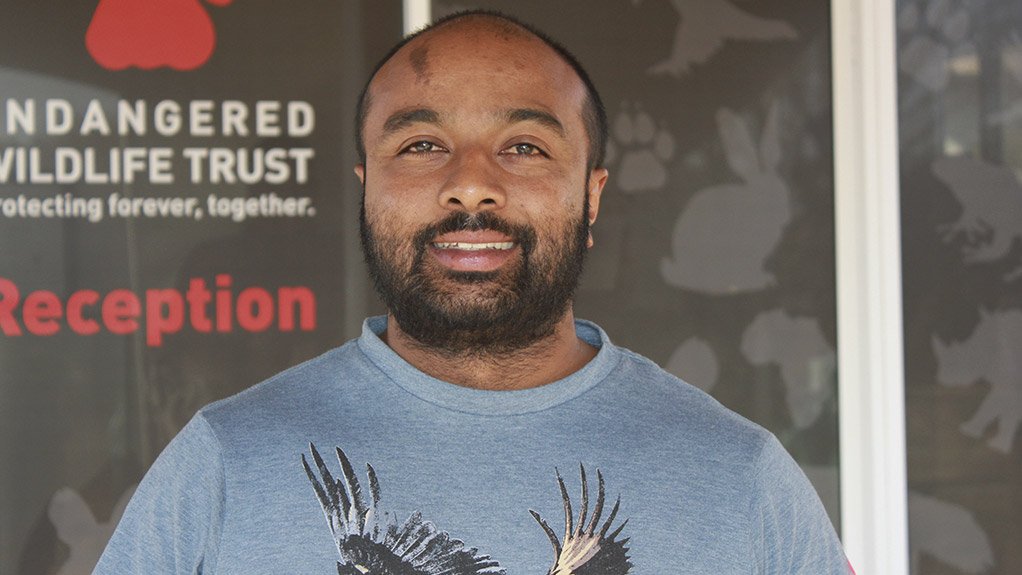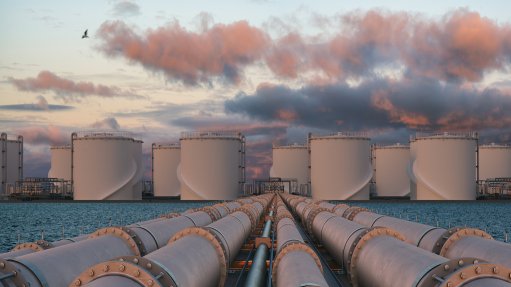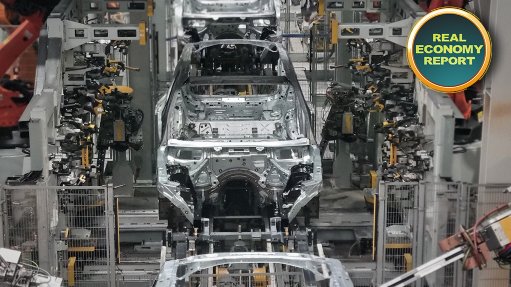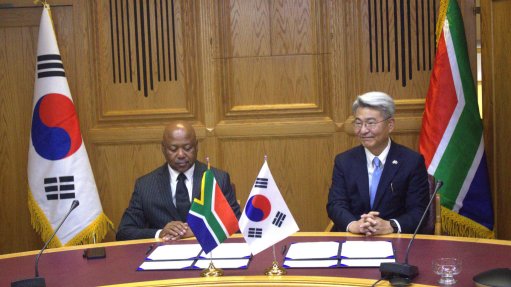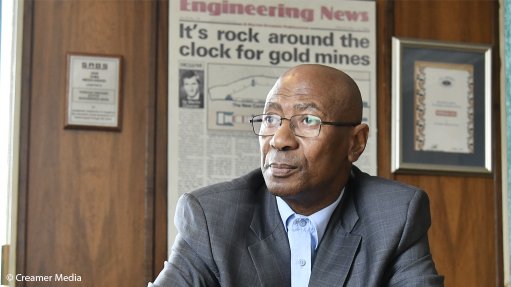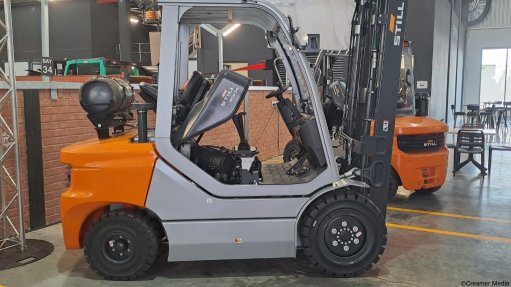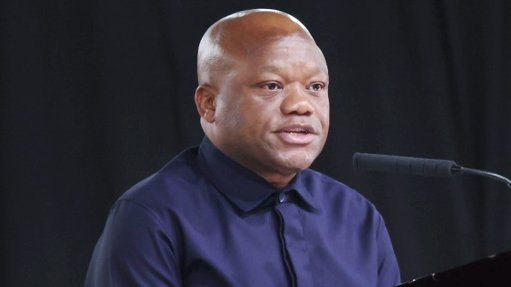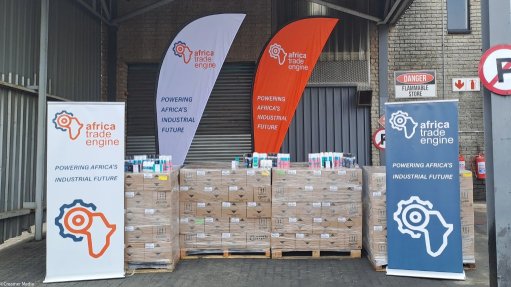Balancing progress and preservation by rethinking infrastructure for biodiversity, climate, and people
This article has been supplied.
By: Kishaylin Chetty - the Executive: Head of Sustainability at the Endangered Wildlife Trust
South Africa, like much of Africa, stands at a critical juncture.
The demand for roads, power lines, renewable energy facilities, and urban growth is intensifying. These investments are essential for economic development, energy access, and social mobility. Yet, without foresight, they risk accelerating habitat loss, species decline, and ecosystem fragmentation, trading short-term gains for long-term environmental and social costs.
At the Endangered Wildlife Trust (EWT), we believe that infrastructure development and biodiversity conservation are not mutually exclusive. With early integration of ecological data, spatial planning, and community engagement, we can design infrastructure that supports people, the economy, and the planet.
Biodiversity and climate resilience are interlinked. Healthy ecosystems store carbon, regulate water systems, and buffer communities against floods and droughts. Poorly planned infrastructure, by contrast, can fracture these systems. A road that cuts through a wildlife corridor, or a power line through a migratory route, not only harms biodiversity but also weakens our resilience to climate change. This triple nexus of infrastructure, biodiversity and climate change is not just a story of risks, it’s also a story of opportunity. Climate-smart, biodiversity integrated infrastructure, reduces operational risks for developers, strengthens local economies, and enhances resilience to climate shocks. Strategic Environmental Assessments, ecological sensitivity mapping, and early wildlife risk screening are tools we already have in place to enable more effective decision-making regarding infrastructure.
The EWTs work in the triple nexus demonstrates this in practice:
- Power lines: We have pioneered the use of proactive and reactive mitigation measures to reduce collisions and electrocutions of fauna, while advising utilities on safer grid design.
- Wind energy: Our biodiversity spatial planning and risk assessments and on-the-ground monitoring programmes guide developers towards low-conflict biodiversity zones and help developers adapt operations to reduce impacts on bats and birds.
- Roads: We integrate wildlife mitigation measures and mortality monitoring into transport projects, reducing roadkill while maintaining connectivity for species.
These examples show that infrastructure can be both functional and ecological if designed with foresight.
For decades, conservation and infrastructure planning have suffered from recurring barriers:
- Biodiversity is often considered too late in infrastructure planning lifecycles.
- Fragmented land-use planning and siloed government processes.
- Over-reliance on donor-dependent conservation funding.
- Weak climate literacy across institutions.
- Short-term economic priorities eclipsing long-term ecological and social resilience.
These failures manifest as collapsing ecosystems, unsafe water supplies, persistent energy crises, and communities most vulnerable to floods, droughts, and displacement. Today, however, we face a turning point that has created opportunities to take things forward.
For instance, the Climate Change Act creates legal accountability for resilience planning, while innovative finance, such as biodiversity offsets, carbon credits, bonds, and blended funds is gaining traction. Technology, from Artificial Intelligence to satellite monitoring makes species and ecosystem mapping scalable, and the private sector appetite for ESG aligned investments is growing rapidly. Additionally, community driven infrastructure related enterprises are showing how conservation can directly support livelihoods.
This alignment means infrastructure can become a lever for resilience, rather than a threat.
Conservation finance will be key to reshaping South Africa’s infrastructure future. Imagine a transmission line financed through a bond that commits to net biodiversity gain, or a road project where compensation funds safeguard a wetland that enhances water security. These are not distant possibilities - they are emerging realities in global finance. We are working to unlock these mechanisms: biodiversity offset and credit banking, green infrastructure investment frameworks, and embedding ecological criteria into Just Energy Transition (JET) financing. If properly scaled, these tools could fundamentally change how South Africa builds.
I predict that the coming three years will determine whether South Africa seizes this opportunity or continues down a path of fragmented planning and ecological decline. To shift the needle, we must:
1. Operationalise the Climate Change Act at provincial and municipal levels, where infrastructure is planned and built.
2. Establish biodiversity and climate finance markets that align infrastructure with resilience.
3. Integrate biodiversity, water, and food systems into infrastructure and climate strategies.
4. Invest in ecological data platforms to guide siting and design decisions.
5. Embed community benefit sharing in renewable energy and infrastructure projects to deliver a just transition.
Africa’s development needs are undeniable. But how we build today will define the future we leave behind. Infrastructure must not only power homes and connect cities, it must protect ecosystems, safeguard our climate, and sustain livelihoods.
With visionary planning, strong science, and innovative finance, South Africa can build infrastructure that serves both people and nature. We are committed to being part of this transformation. The next 36 months are not just another policy cycle, they are our chance to prove that progress and preservation can go hand in hand.
Article Enquiry
Email Article
Save Article
Feedback
To advertise email advertising@creamermedia.co.za or click here
Comments
Press Office
Announcements
What's On
Subscribe to improve your user experience...
Option 1 (equivalent of R125 a month):
Receive a weekly copy of Creamer Media's Engineering News & Mining Weekly magazine
(print copy for those in South Africa and e-magazine for those outside of South Africa)
Receive daily email newsletters
Access to full search results
Access archive of magazine back copies
Access to Projects in Progress
Access to ONE Research Report of your choice in PDF format
Option 2 (equivalent of R375 a month):
All benefits from Option 1
PLUS
Access to Creamer Media's Research Channel Africa for ALL Research Reports, in PDF format, on various industrial and mining sectors
including Electricity; Water; Energy Transition; Hydrogen; Roads, Rail and Ports; Coal; Gold; Platinum; Battery Metals; etc.
Already a subscriber?
Forgotten your password?
Receive weekly copy of Creamer Media's Engineering News & Mining Weekly magazine (print copy for those in South Africa and e-magazine for those outside of South Africa)
➕
Recieve daily email newsletters
➕
Access to full search results
➕
Access archive of magazine back copies
➕
Access to Projects in Progress
➕
Access to ONE Research Report of your choice in PDF format
RESEARCH CHANNEL AFRICA
R4500 (equivalent of R375 a month)
SUBSCRIBEAll benefits from Option 1
➕
Access to Creamer Media's Research Channel Africa for ALL Research Reports on various industrial and mining sectors, in PDF format, including on:
Electricity
➕
Water
➕
Energy Transition
➕
Hydrogen
➕
Roads, Rail and Ports
➕
Coal
➕
Gold
➕
Platinum
➕
Battery Metals
➕
etc.
Receive all benefits from Option 1 or Option 2 delivered to numerous people at your company
➕
Multiple User names and Passwords for simultaneous log-ins
➕
Intranet integration access to all in your organisation



